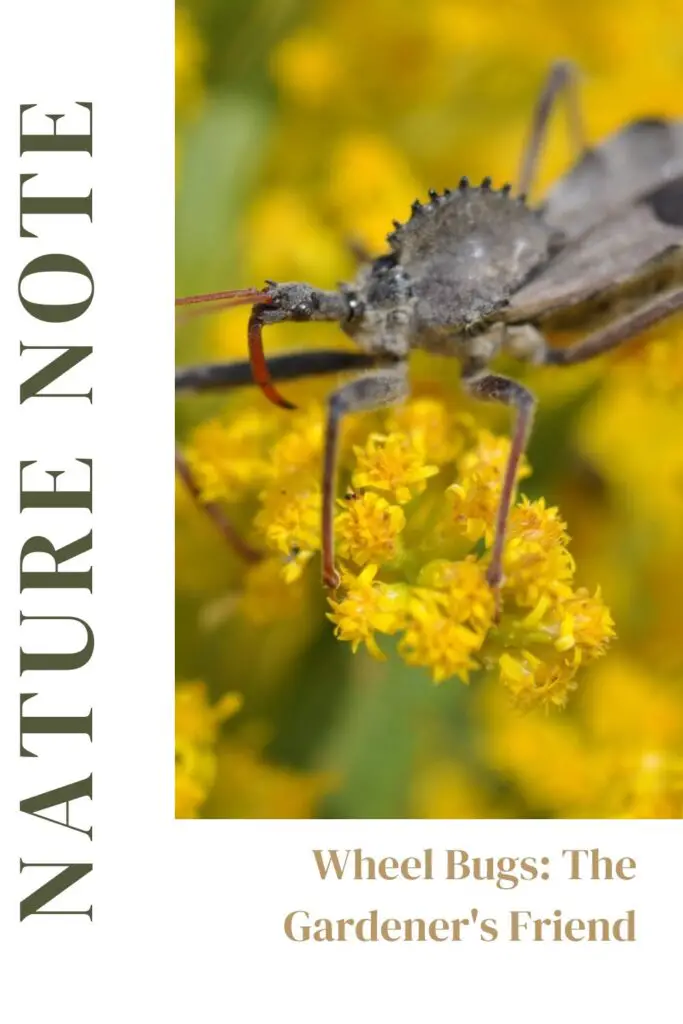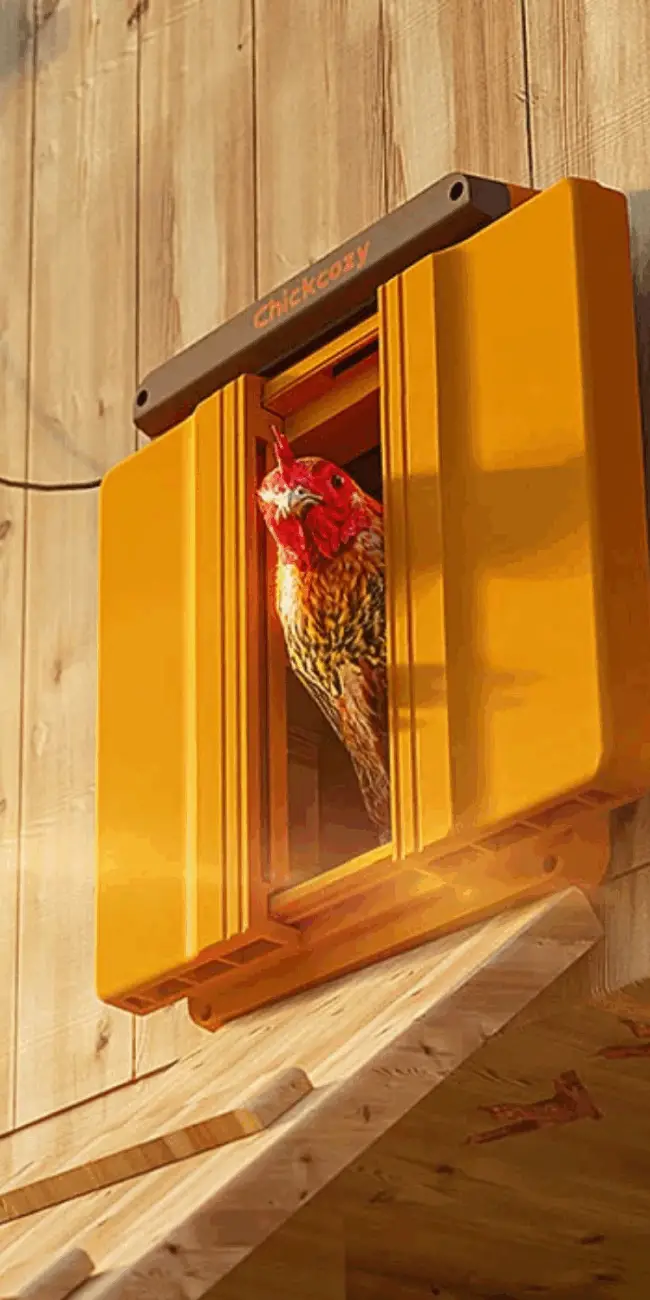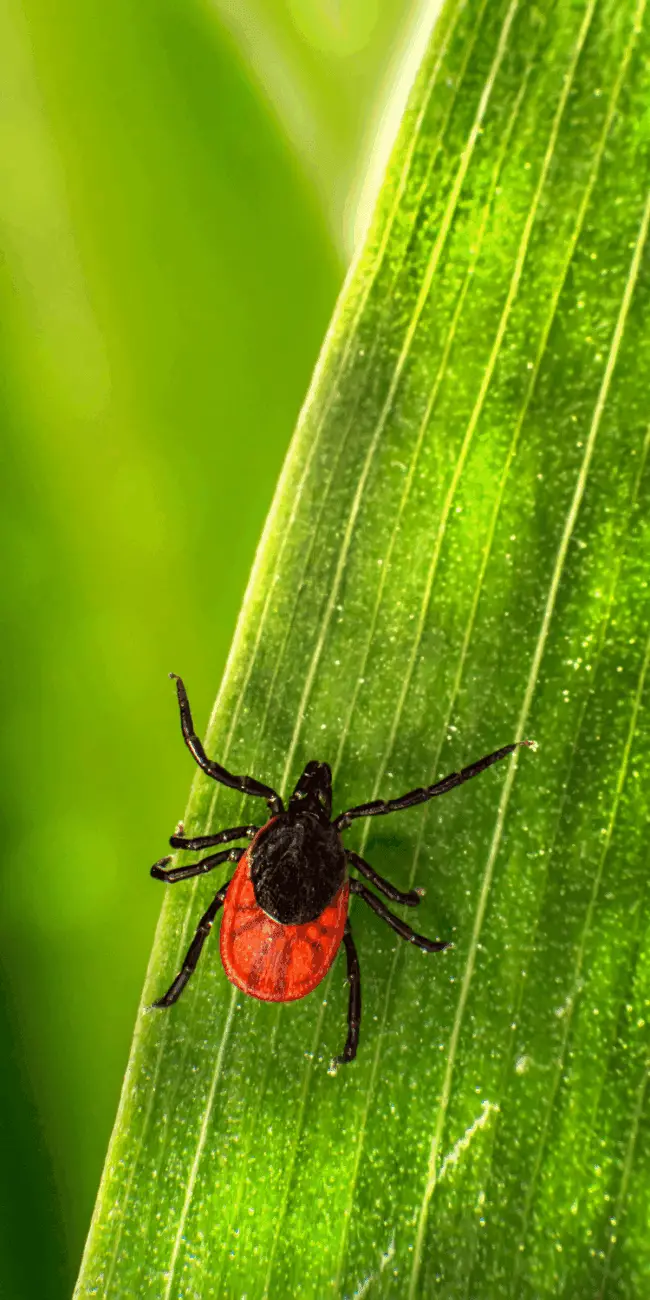Assassin bugs belong to the insect family Reduviidae and are often just referred to as reduviid bugs.
Wheel Bugs
The one seen in our area is the wheel bug. It is common in the south-central states. It’s called wheel bug because of the semicircular crest on the thorax. Wheel bugs are dark, robust insects, 1–1¼ inches long, and have a narrow head and large eyes.
A prominent feature is the formidable, curved proboscis which they use to stab insect prey. The proboscis is folded under the head and is unfolded prior to attack. Wheel bugs lie in wait on flowers and stalk their prey, hence the name assassin bug.
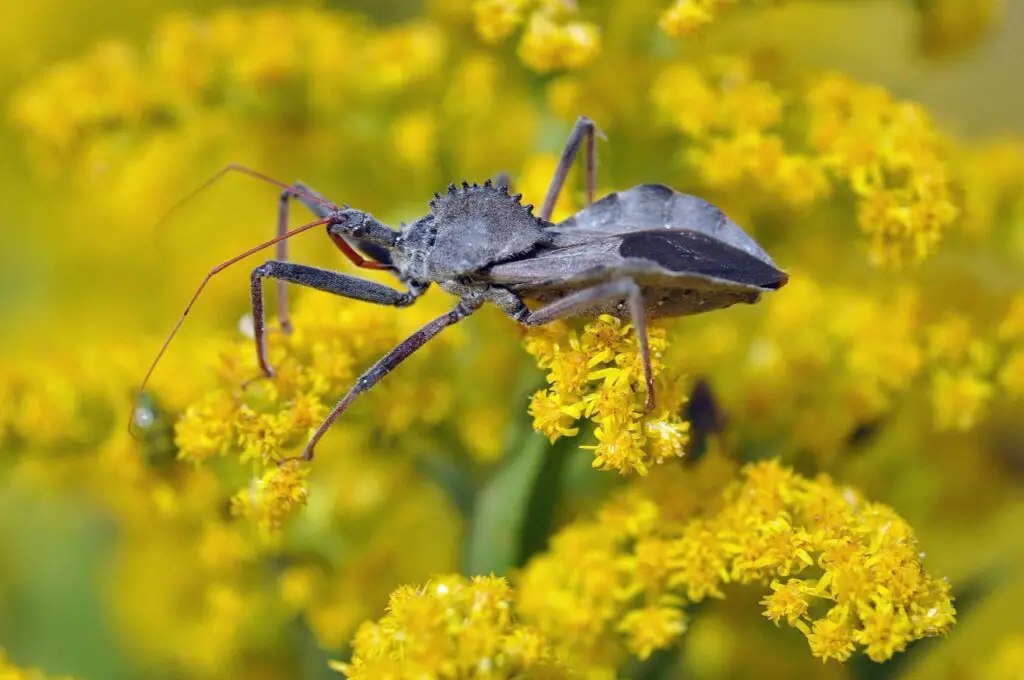

Wheel bugs are a gardener’s friend because they prey on a variety of insect pests. However, never try to grasp one because it will inflict a painful bite. Years ago, I had a college student working with me in my research lab. We had been talking about reduviid bugs and I’d mentioned the painful bite. He decided he wanted to see what it was like, so he caught one, held it, and was stabbed. Said it hurt like hell. His heritage was Comanche, and he claimed that all other Indian tribes were wusses compared to the Comanche.
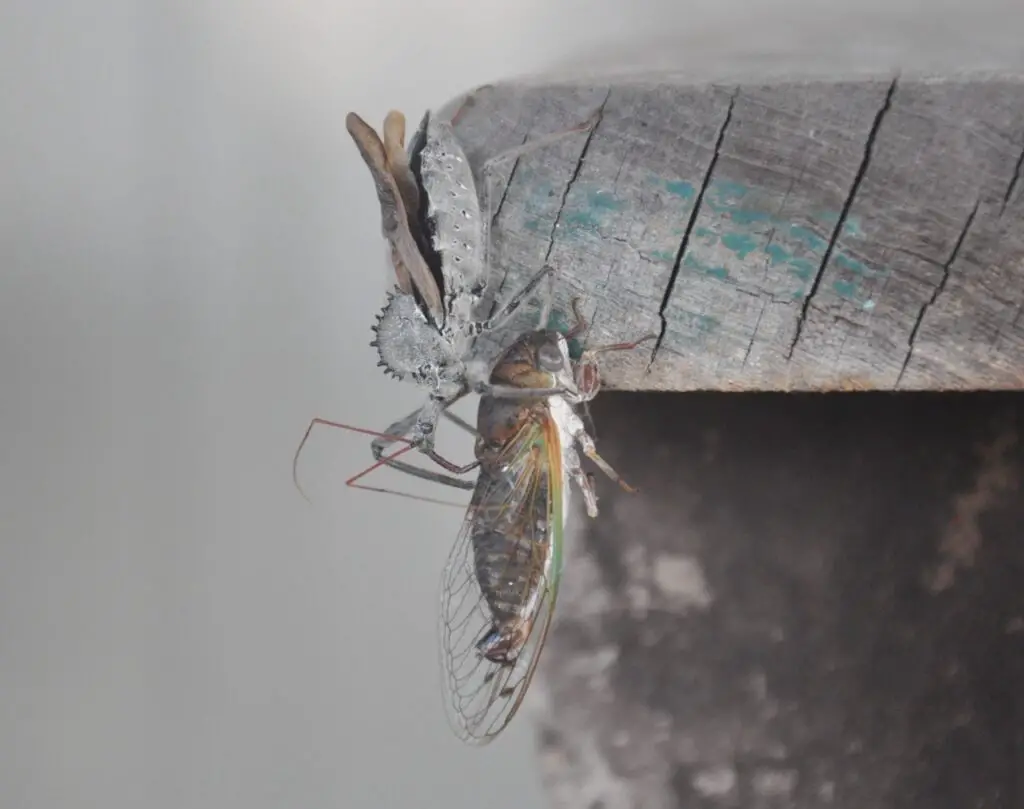
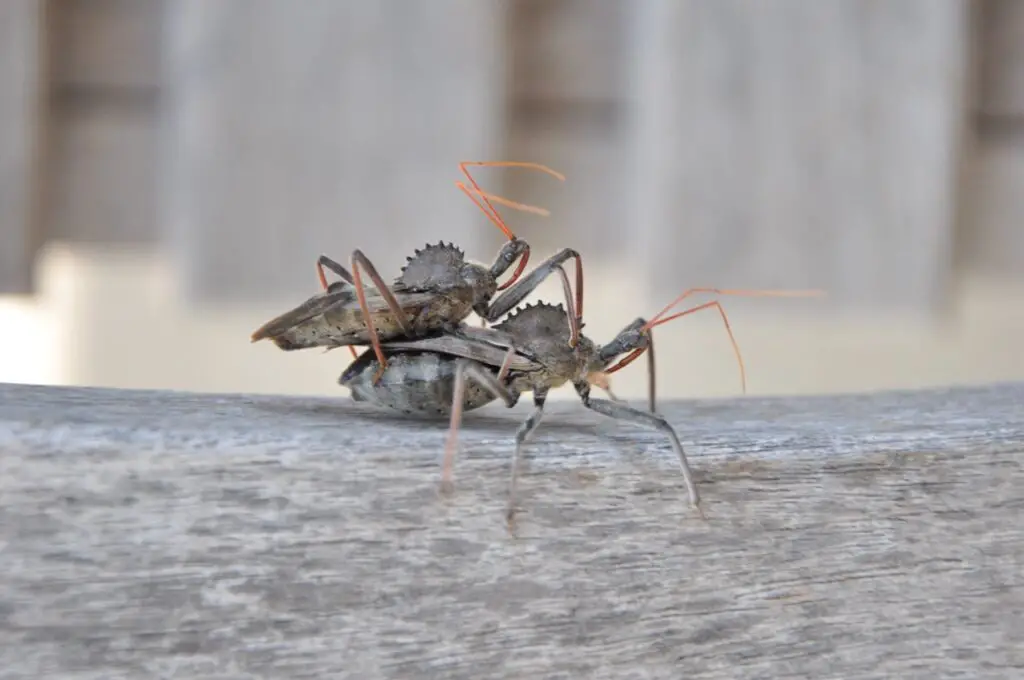
In parts of Mexico and in Central and South America, a related reduviid transmits a parasite that causes a disease known as Chagas’ Disease. It infects 24 million people and causes 60 thousand deaths a year. The disease affects the heart and central nervous system. The parasite that causes the disease has been found in 18 different mammals in the United States; however, the disease has not been reported in humans. The reason for this is that the reduviid bug that transmits the disease in Central and South America does not occur in the United States. The reduviids that are found here feed on animals, not humans.
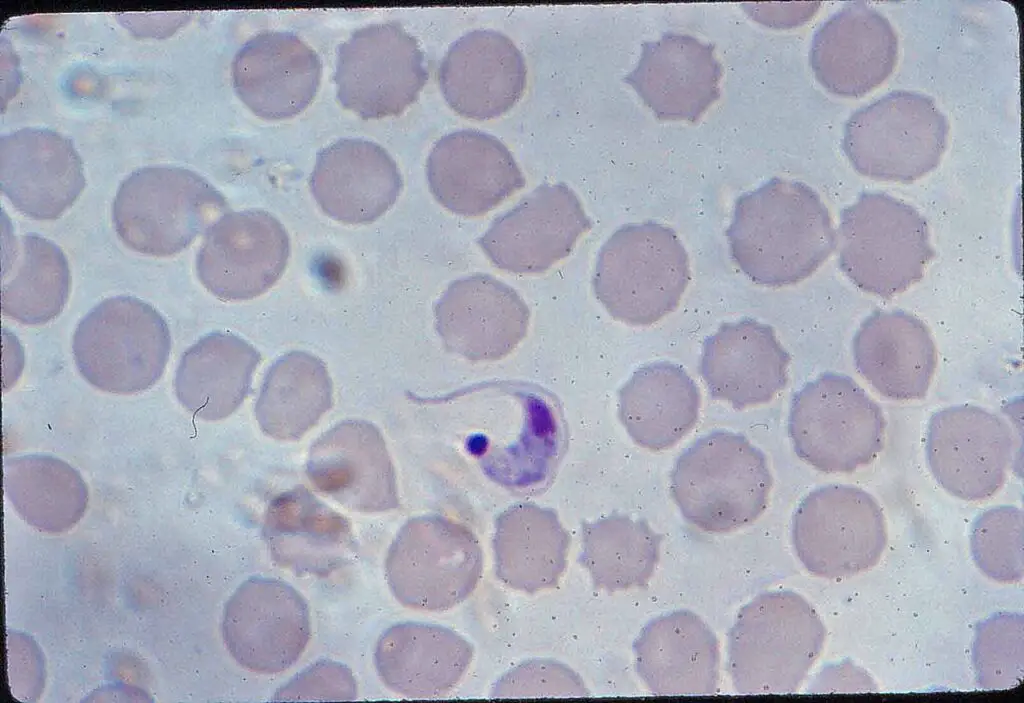
The young Comanche was also my animal trapper on a project that involved live-trapping wild mammals in Tulsa County to see if any were infected with the parasite that caused Chagas’ Disease. Trapped animals were brought to the lab, a small blood sample taken, and the animals released back at the site where they were caught. Seven kinds of mammals were trapped and examined. Only raccoons were found to be infected. Five out of 8 had the parasite in their blood. Results were published in The American Journal of Veterinary Research. It was the first report of wild animals naturally infected in Oklahoma. Raccoons did not appear to be affected by the parasite in their blood. Even though raccoons in Oklahoma harbor the parasite that causes Chagas’ Disease, it is not a threat to humans because the reduviids that transmit the parasite between raccoons do not feed on humans.
